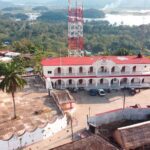San Lucas Ojitlán means “Place of the Ojites” in Nahuatl. The ojite is a tree that grows in this region and bears a fruit that is edible. Ojitlán has a lot of history, culture, natural beauties, unique gastronomy and even its own language (Ojiteco, a variant of Chinanteco).
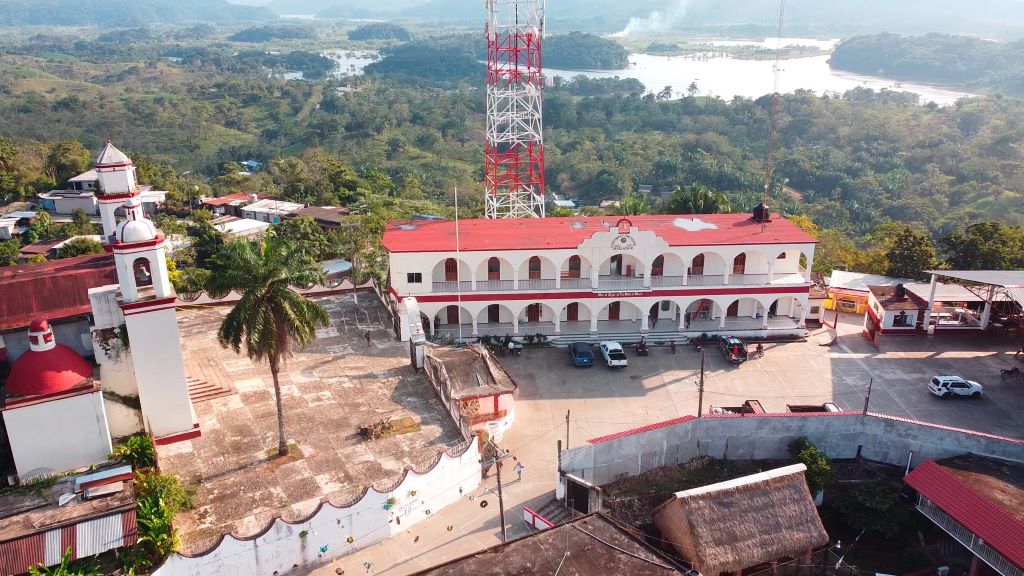
Ojitlán, with more than 6 thousand inhabitants, makes it the largest Chinantec community. From here, Porfirio Díaz (a former Mexican distractor) elaborated and proclaimed, on January 10, 1876, the Plan of Tuxtepec to overthrow the Mexican government.
At the entrance of the community, you will find a monument to Flor de Piña, which is a dance that represents the region of Tuxtepec and La Chinantla in the Guelaguetza.
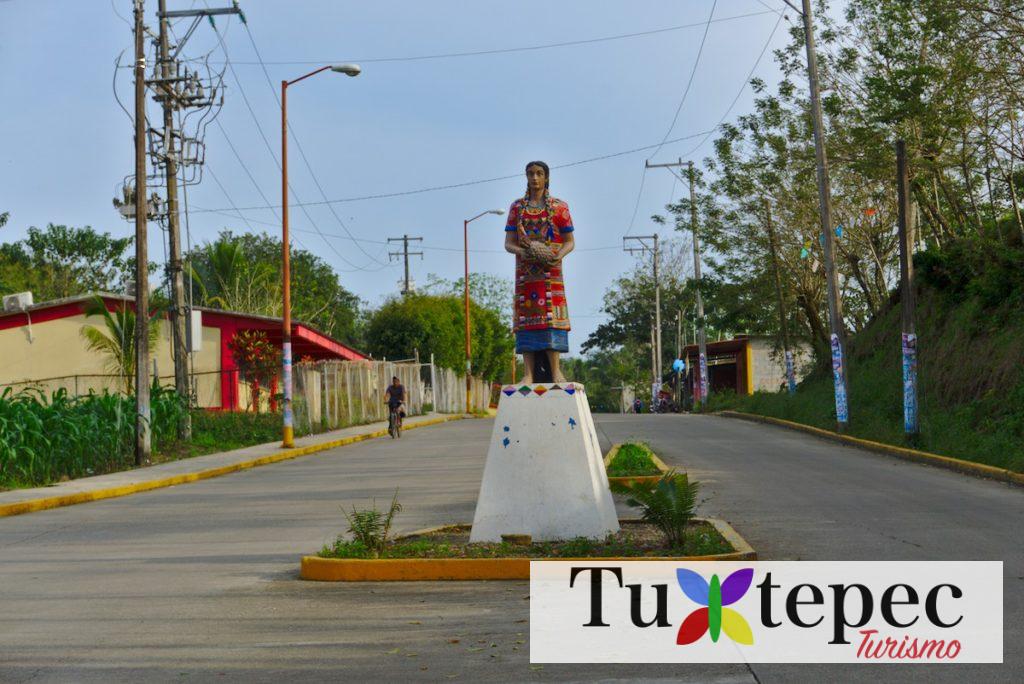
Ojitlán is on a hill, so come prepared to go up and down. Once you reach the top, you will see the Municipal Palace and the Parroquia de San Lucas. From here, you will have a spectacular view of the Cerro de Oro artificial lake.
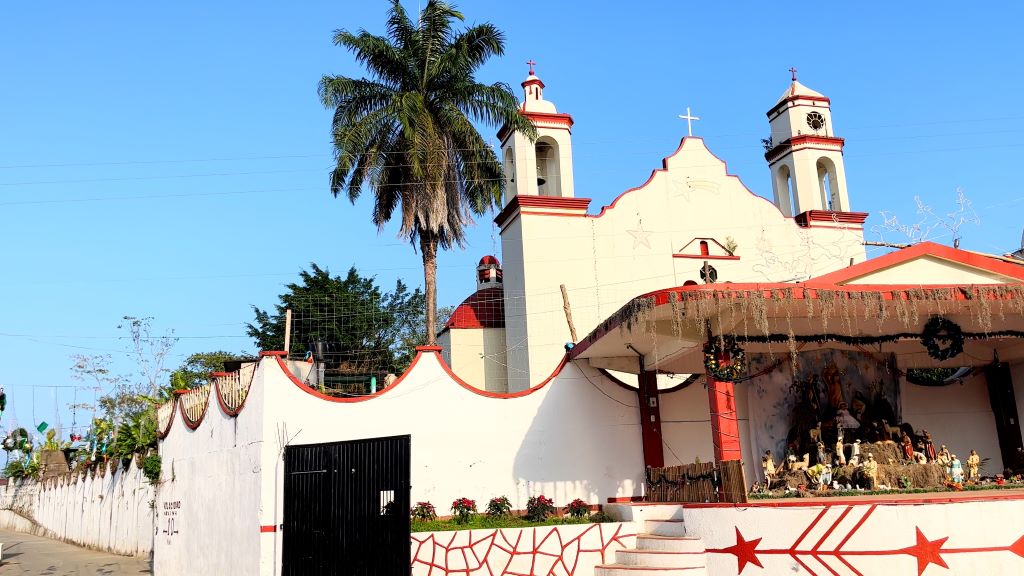
In the Church they have the Virgin of Santa Rosa de Lima who, according to oral tradition, appeared after a flood. In fact, the biggest Fiesta in Ojitlán is celebrated on August 28-30 in honor of the Virgin of Santa Rosa de Lima. Eight days before, they carve candles in a traditional way. The Fiesta de Santa Rosa de Lima is full of traditions, the women wear their best huipiles during the processions.
On the main square, you will find a mural that reflects the customs of this town. The elaboration of the huipil is illustrated, the gastronomy based on fish and vegetables and where the preparation of the Popo (a traditional prehispanic drink) is appreciated. The creation of candles, and the Marimba are also reflected, which of course could not be missing. This musical instrument is still played in Ojitlán. If you visit Ojitlán in the afternoon, you will see some children practicing this beautiful instrument.
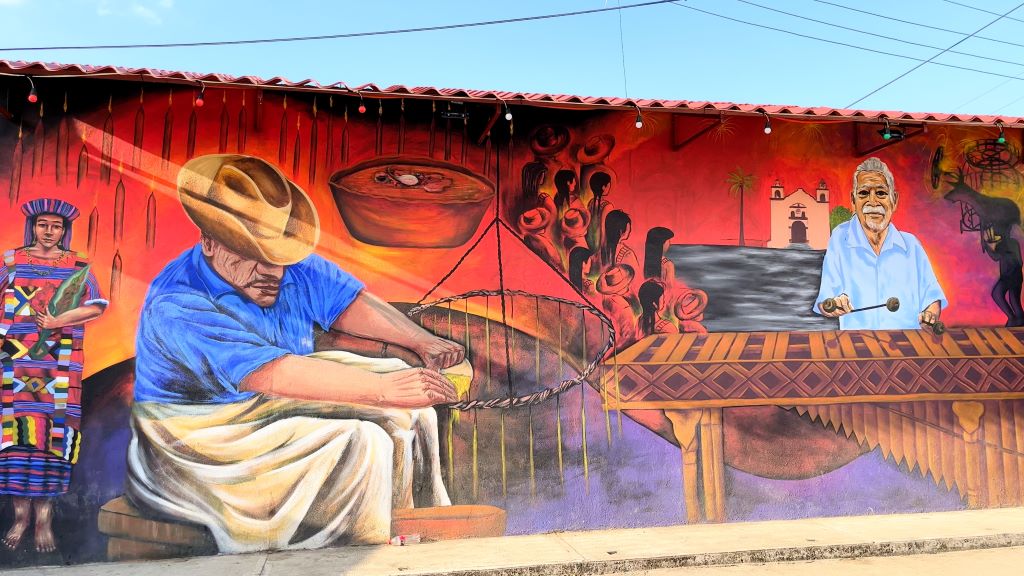
Walking through the center you will see many typical houses made of wood. These houses are very similar to the houses in the famous Huaca neighborhood in Veracruz. The difference is that in Ojitlán they have a corridor, which is the typical style of the Cuenca del Papaloapan region (see Tlacotalpan or Otatitlán).
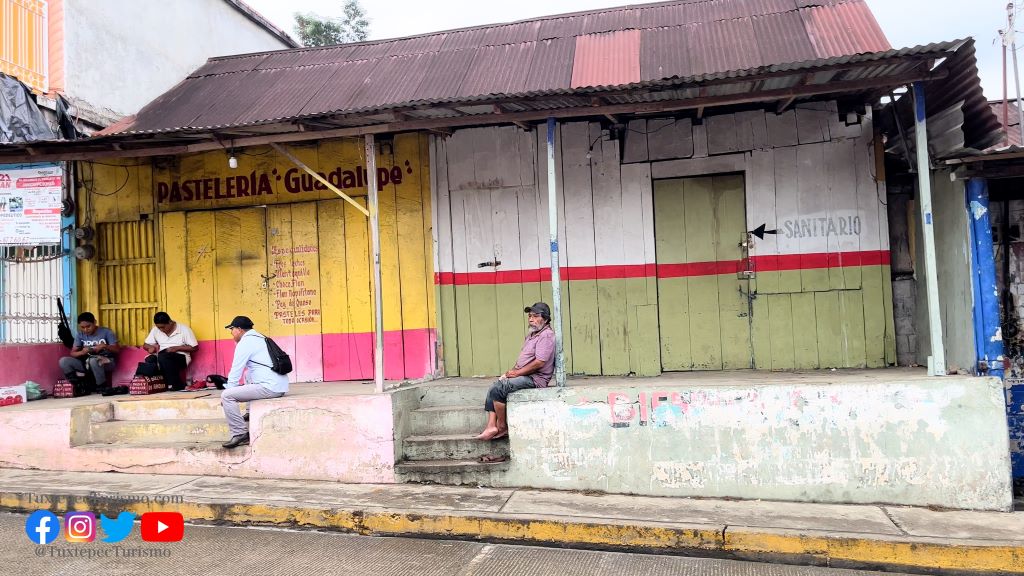
The surrounding communities come to Ojitlán to sale their products. It is a great opportunity to buy fresh vegetables such as Tepejilotes (quelites), hiervamora, bejuco (delicious in quesadillas) and even organic and handmade cigars.
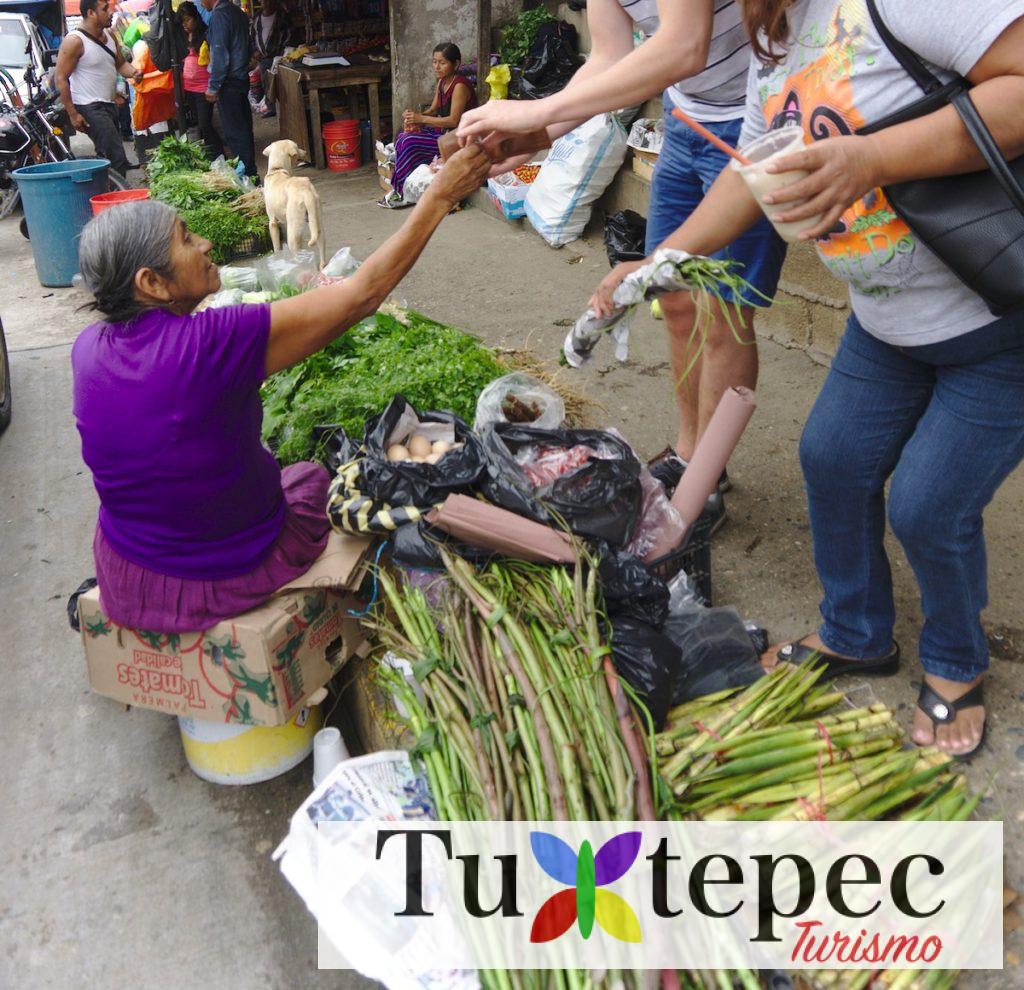
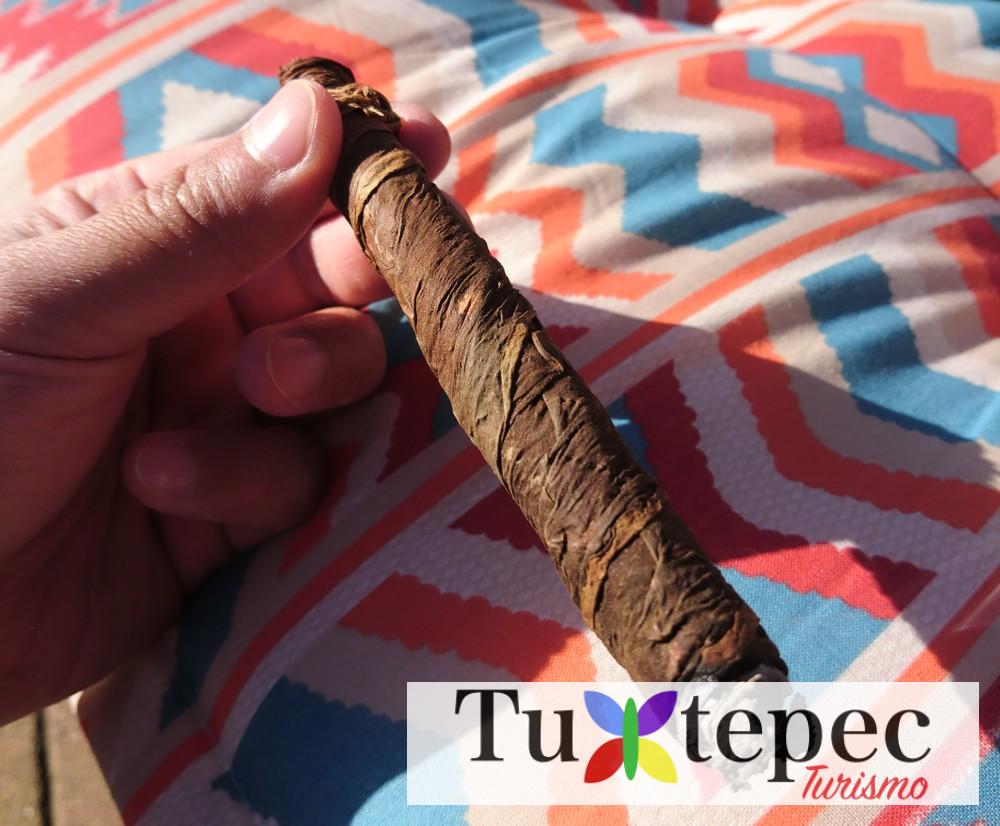
Do not leave without trying the famous Chinantec drink, the Popo. Popo translates as a thing that makes foam. It is a drink made with cacao, corn and bejuco. They only sell them on sunny days and in the morning. So, if you want to try this delicious and refreshing drink, you know when to come. In the center is where you will find the ladies selling the Popo. In case you don’t see them, just ask any Ojiteco and they will tell you where to find the Popo.
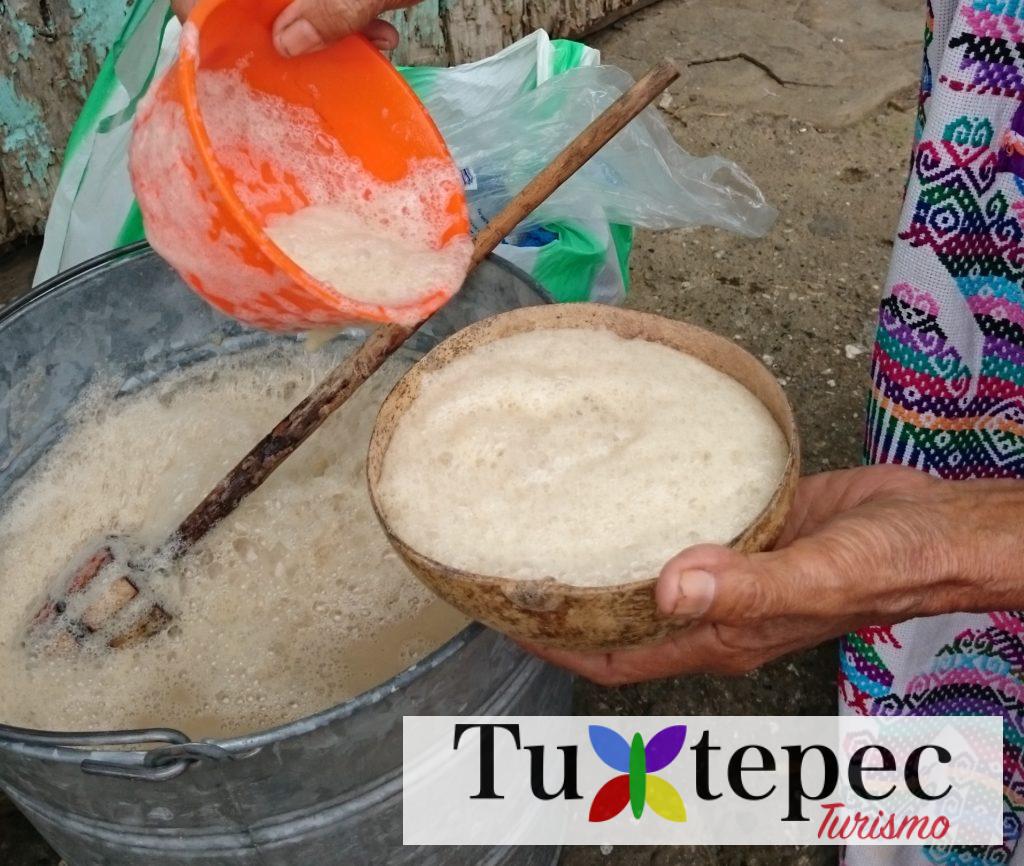
How to get there:
Ojitlán is 45 km away from Tuxtepec, around 1 hour away by car. Take the federal highway 182 Jalapa de Díaz-Tuxtepec. When you arrive in Ojitlán you will see signs indicating that you must leave the road to enter the city. The federal highway passes just next to Ojitlán.


